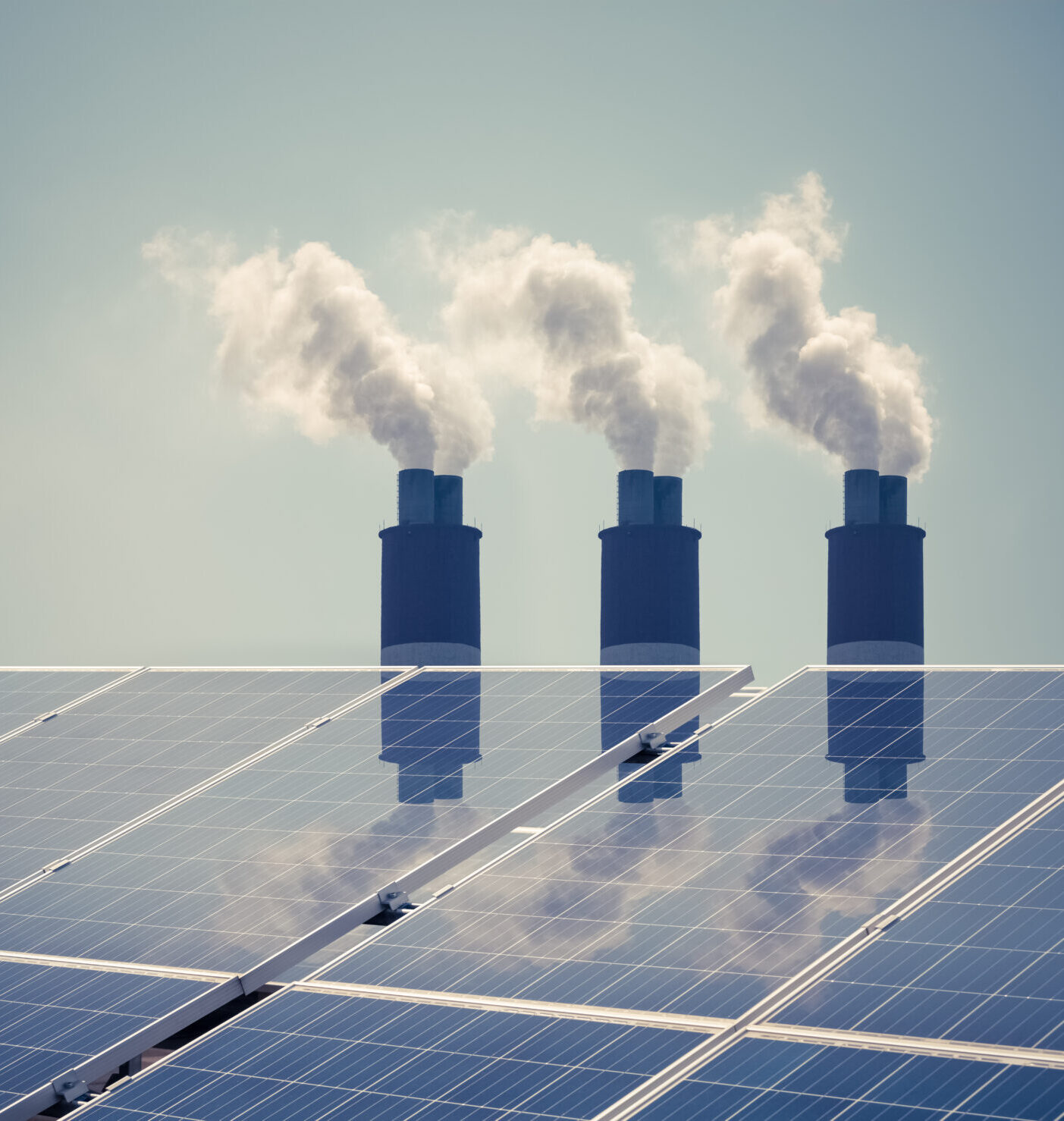Corporate filings reveal U.S. companies working on climate solutions
The Trump administration is making headlines as it leans away from the green energy transition in favor of fossil fuels. Those headlines are not likely to end anytime soon.
But here’s one headline you are less likely to see: U.S. companies are working on climate solutions, and the cumulative effect could bring enormous value to the economy and consumers.
My team and I looked at filings to the U.S. Securities and Exchange Commission (SEC) made over the last two decades by publicly listed companies that can have a direct impact on climate efforts. The results are revealing: A large and growing number of publicly traded companies across sectors are developing technologies to reduce greenhouse gases and capitalize on the opportunity presented by the transition to a low-carbon economy. That’s a big change from years past.
The number of companies creating climate solutions doubled
Here are some of the findings, as published by Harvard Business School’s Institute for Business in Global Society (BiGS):
- The number of U.S. public companies in relevant industries such as energy and transportation that are actively addressing climate solutions more than doubled from 20% to 45% between the calendar years 2006 and 2023.
- About 879 companies in industries from apparel and agriculture to technology and transportation discuss climate solutions in their 10-K filings. The amount of space they devote to these discussions is associated with the percentage of their revenues or patents designated as “green” by commercial data providers like MSCI. These companies represent about $8 trillion in market capitalization, or roughly 20% of all U.S. market capitalization (end of 2022). Their combined $6 trillion in revenue approaches the size of America’s annual federal budget.
- Climate work spiked after passage of the Inflation Reduction Act (IRA) in 2022, the largest-ever government investment in climate solutions. We show that 42% of the companies experienced an average increase in the “climate solution measure,” an algorithm that allows companies to be ranked and compared according to their climate-related work, from before the IRA (reports released in 2020, 2021) to after its passage (reports released in 2022, 2023).
- The companies are advancing 88 different types of climate solutions, from creating more sustainable aviation fuel, recycled materials, and battery manufacturing to generating more nuclear power.
A new measure for public companies
When Assistant Professor Shirley Lu, postdoctoral fellow Simon Xuand I began this project in January of 2022, we wanted a clean measure of how companies are responding to climate change, free of greenwashing and empty promises. We controlled for that by using SEC filings, where companies are legally obligated to give regulators and shareholders accurate information.
The result is a new measure of how public companies are addressing climate change based on their 10-K annual reports to the SEC. The results, which we call the BiGS Climate Innovators 100, were surprising.
For example, many of these firms don’t have easily recognized brands because they sell their products and services to other businesses rather than consumers. Among the top 10, only Tesla, the electric vehicle firm run by billionaire Elon Musk (ranked #2), is a household name.
Another surprise is that 92% of the companies on the list are not “pure play” climate firms, created only to generate environmental solutions. Rather, a majority are older firms like global advanced materials giant Dow Inc. (ranked #42) and industrial food company Archer-Daniels-Midland (ranked #53), which are making changes to adapt to today’s economy.
Interestingly, 40% of the companies working on climate solutions are headquartered in “red states” (states that voted for the Republican candidate in the 2020 presidential election). If the Trump administration attempts to derail the investments set forth by the Biden administration in the IRA, that could be unwelcome news to Republican members of Congress from these states and districts.
Stabilizing force
What does all this mean for the future of America’s climate policy? It is a strong indicator that a meaningful number of U.S. companies has turned the corner on their perception of climate change and how it impacts their business. Years ago, companies predominantly saw risk. Today, they increasingly see opportunity. And those companies could provide a stabilizing force amid the shifts in power in Washington every few years.
While it is true that corporate disclosure and regulation around climate change are still works in progress, it is also clear that hundreds of companies have seen the opportunity in America’s transition to a less polluting economy driven by technology and innovation. Hundreds of CEOs are now changing company strategy and behavior, recognizing the fundamental economic opportunity presented by the climate transformation.
All perspectives expressed in the Harvard Climate Blog are those of the authors and not of Harvard University or the Salata Institute for Climate and Sustainability. Any errors are the authors’ own. The Harvard Climate Blog is edited by an interdisciplinary team of Harvard faculty.















